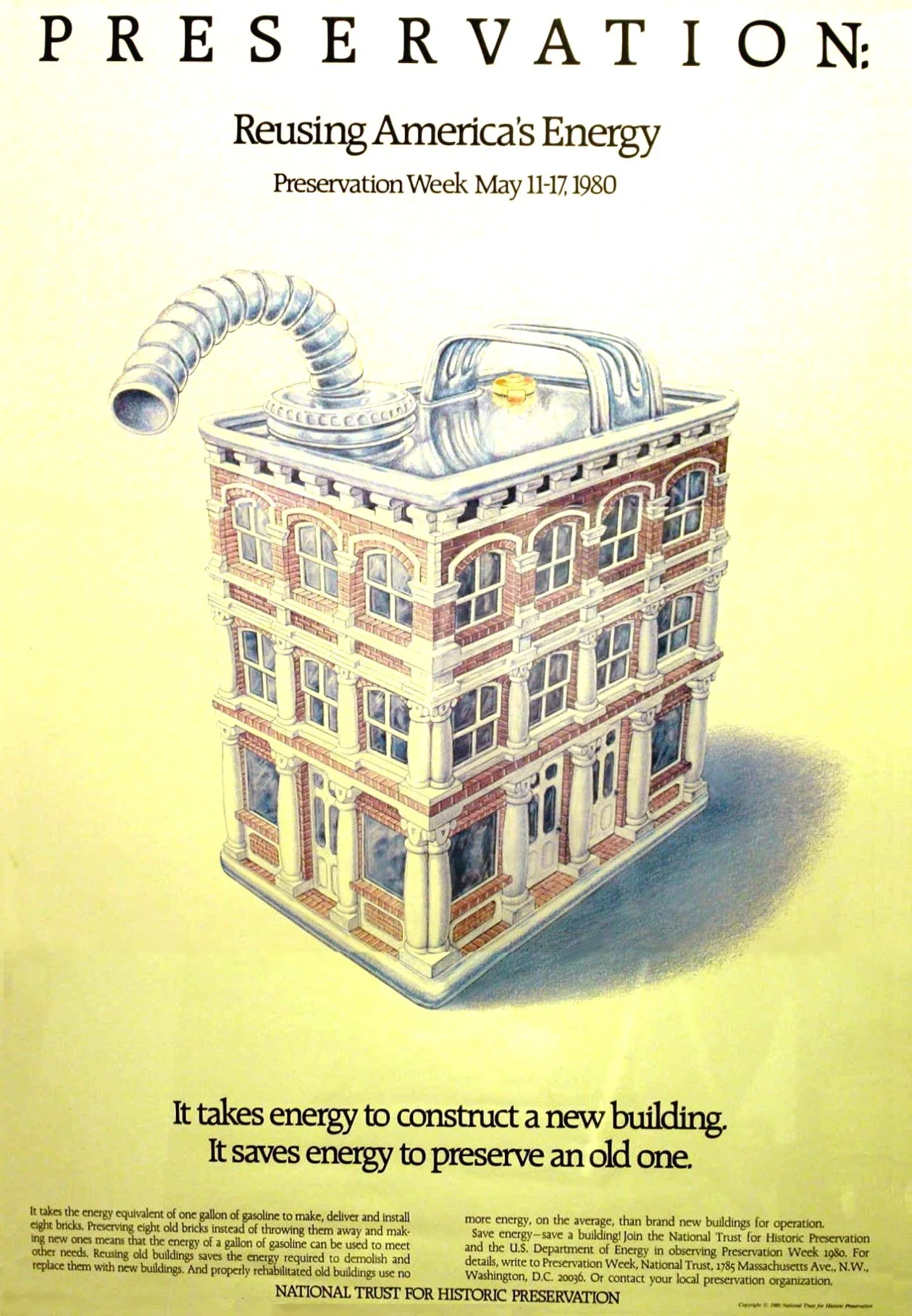Recently we began a series on toxic building materials. Many building products found in both old and new homes are not good for us. They can negatively affect our indoor air quality, cause long-term health conditions, or even worse. Since these materials pose a problem that affects almost everyone, let us arm ourselves. In following are some powerful tools to help identify problem building materials.
Not in My House! Toxic Building Materials 101 - Part 1
Believe it or not, all the hazardous, toxic materials in our homes are not under the kitchen sink or on the top shelf in the garage. Toxic building materials are a problem that affects almost everyone, and it is hard to know what to avoid. These products are right under our nose and everywhere we turn! So, how do we protect ourselves and our families?
Over the past century, our methods of construction have become increasingly more reliant on the products of mass-production, the free market economy, and rash scientific research. Many of the building materials we use today are both unhealthy and unsustainable. I shudder to think how we might have wrapped ourselves in products that are literally killing us!
Renewal is Valuable for Heart and Hometown
There is not a leaf that has fallen without promise. The promise of renewed life and the coming spring. Underlying this is an order that connects all things. Sometimes, architects have a sensitivity toward nature, but it is something that we could all explore further.
Sustainable communities, like the blood and flesh of our own bodies, are made from living parts. Just as the human body regenerates its own cells regularly, it also experiences entropy. In a similar way, we should not forget...
A Historic Home Addition Starts on Bully Strong Foundation
Regarding architecture, the Tillotson family's saying is "Don't build it for looks, build it bully for stout." This comes from T.L. Tillotson, my wife's grandfather. Even though I never met him, I have a great deal of respect for him.
The Mesta Park historic renovation is moving ahead. Rain caused some delays, but the foundation was finally poured. Over the last few weeks, I have gathered some photos on-site, and I wanted to share an update before the work progressed too far.
Refreshing Main Street America with Patrice Frey (Podcast)
This week at Green Heart Town Patrice Frey, President and CEO of Main Street America, joins us for the second half of our recent interview. Last week we discussed her background in sustainability and green historic preservation. In the following interview, we will discuss Patrice’s transition to leading the National Main Street Center, updating the brand for over 1,600 neighborhoods and communities nationwide, and “refreshing” the time-tested Four Point Approach.
Several weeks ago, we covered how “Main Street is the Time-Tested Basis for Green Heart Towns”, but at the conclusion of the post, I wanted to know more about what was happening with the program.
Green Historic Preservation with Patrice Frey (Podcast)
This week at Green Heart Town we have a very special guest. We interview Patrice Frey, President and CEO of Main Street America about her background in sustainability and her role in the movement of green historic preservation.
In recent years, there has been a growing undercurrent of people who appreciate historic buildings as both culturally significant and inherently sustainable resources. Living in a Green Heart Town requires understanding the deep value your historic properties offer. Through my work with the Oklahoma Main Street Program, I have been fortunate to follow this ray of truth and learn from sustainability champions like Patrice.
How to Document for Historic Preservation Review & Top Down Renovation
Last time we shared the list of work items included in the Scope of Work for the application for Certificate of Authority (CA). After leaving from our initial meetings with the City’s Historic Preservation (HP) staff and Code Enforcement inspector, we had a plan. Since the deadline to submit for that month’s HP Commission meeting was very close at hand, we submitted a partially completed application. Thank you for the nice trick HP staff! We were ready to get the ball rolling.
Simple HP Review, Survival & Certificate of Appropriateness
Completing the historic preservation review process and earning your first certificate of appropriateness may sound a little tedious but it doesn't have to be. Taking the right approach, the process can be straightforward and instructive while providing a neat lesson on your community’s traditional building methods. Earning a certificate of appropriateness (COA) for the Mesta Park project involved a learning curve but we were rewarded with a distilled understanding of the process - one that should ring true in any community.
Worst on the Block: Historic District & Dilapidated Structure 101
Last week began a series on renovating the worst house on the block in Oklahoma City's historic Mesta Park neighborhood. Once the property was purchased, the new owners and I met to conduct a damage assessment and form a game plan. Delayed maintenance, inappropriate materials/retrofits, and apathy are three plagues upon under-appreciated historic properties, and this one suffered from all three!
But, what the home lacked in physical condition it made up for in location. This neighborhood and its surrounding walk-shed are becoming more revitalized and vibrant by the day. At the center of the neighborhood lies Pearle Mesta Park. You can see this common green space and the the well-maintained children's play equipment from the front porch. Score!
In the Aftermath of Neglect: A Creative Historic Home Renovation
When some close friends bought the worst home on the block in an up-and-coming historic district, they called me. They are a wonderful young couple that has made their business breathing new life into older, often neglected homes. Even though they had remodeled dozens of other properties before, this historic home renovation was going to be their toughest one yet.
“Larry we are thinking of buying a 1926 residence in Mesta Park. It has loads of potential, but man, it’s rough!”











